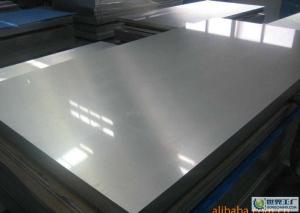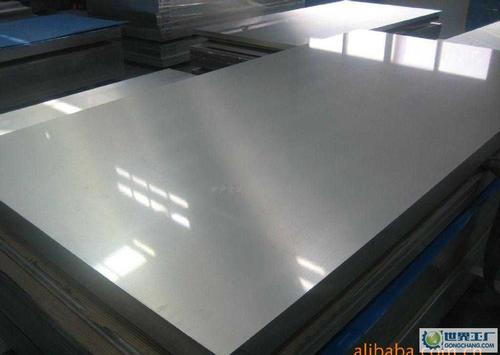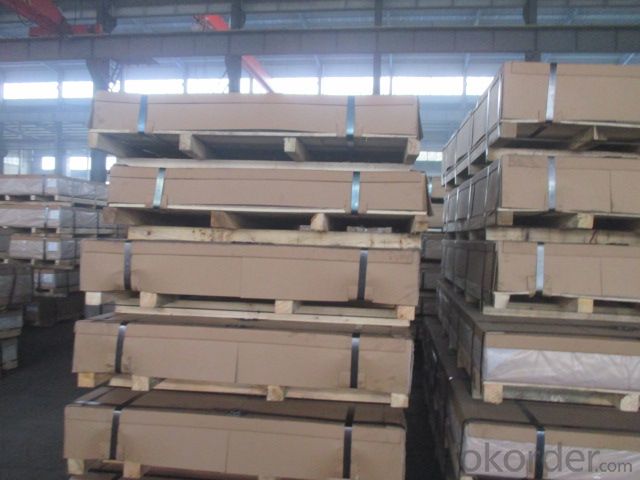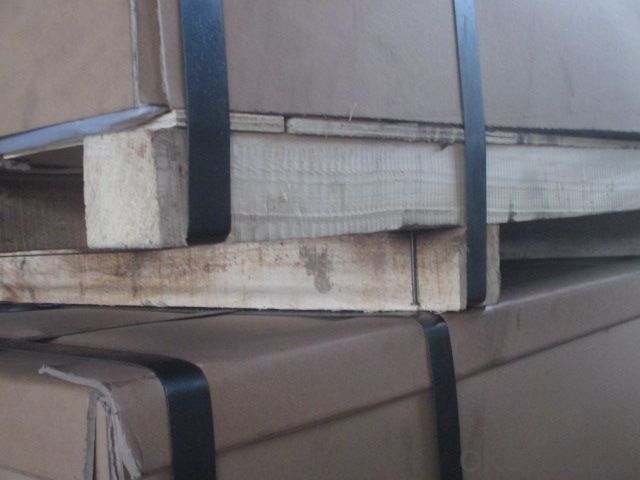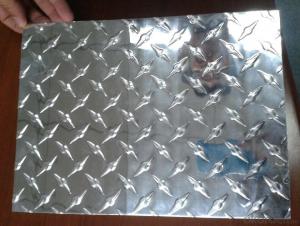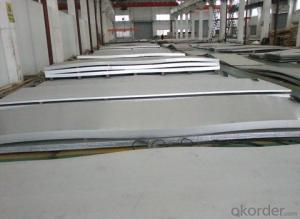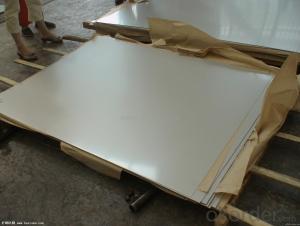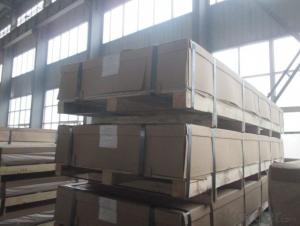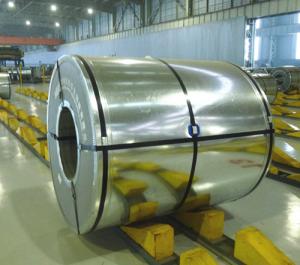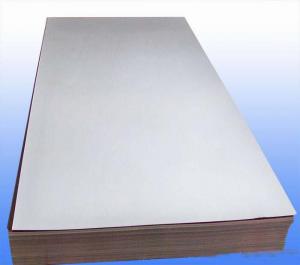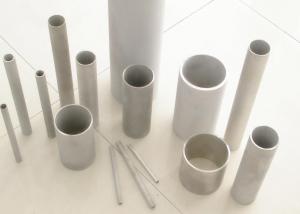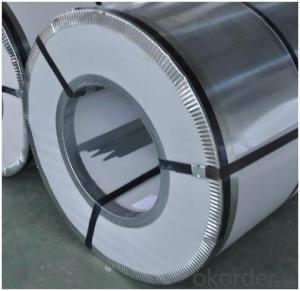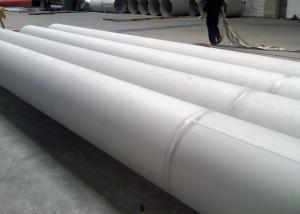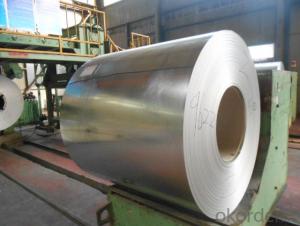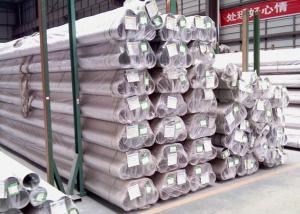Stainless Steel Sheet In Cheaper Price Stocks Warehouse
- Loading Port:
- Shanghai
- Payment Terms:
- TT or LC
- Min Order Qty:
- 7 kg
- Supply Capability:
- 2000 kg/month
OKorder Service Pledge
OKorder Financial Service
You Might Also Like
1.Structure of Product Description
Cold rolled aluminum sheet and hot rolled sheet and hot drwan sheet and else graes sheet
is widely used in the field of construction field and decoration field, etc.
There are many different grades, such as: 1000 series, 2000 series, 3000 series, 5052,5754,5083,6061,6063,8011, etc.
The temper is include H14, H22, H24, H44,H112,H114,etc.
2. Main features of the product
a.Competitive price
b.Frist-Class Service.
c. Shortest service.
3. Image.
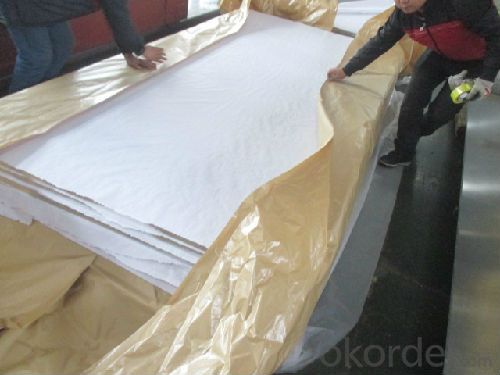
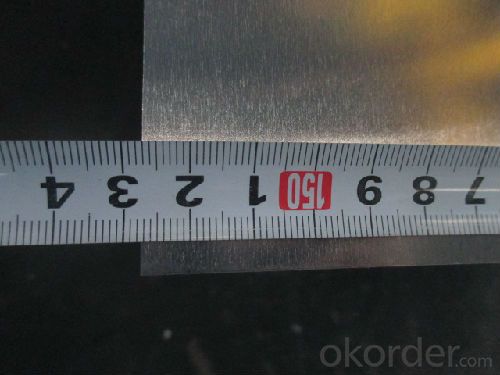
4. Product detailed sizes:
1000mm*2000mm, 1219mm*2438mm,1220mm*2440mm,
900*900,800*800,700*700, 400mm*400mm,
1250mm*2500mm,1500mm*3000mm, etc.
5. FAQ:
What is the quality standard?
---Usually our standard is GB3880-2006 or others.
What is the width range?
---It is from 1000mm to 2500mm, etc.
---Normally it is around 9000 tons totally.
Where is your client from?
---Normally it is from Japan, USA, ENGLISH, SINGAPORE, ETC.
What is your mainly products?
---Normally they are aluminum sheet, checkered sheet, mirror finish aluminium sheet, aluminum casting coil, etc.
- Q: What are stainless steel sheets made of?
- Stainless steel sheets are primarily made of iron alloyed with chromium and other elements like nickel, molybdenum, and manganese to enhance their corrosion resistance and durability.
- Q: How to clean stainless steel plate cleaning?
- The mild way to clean stainless steel is simply to use hot water and clean soft cloth to wipe the surface, and then use dry metal with other soft cloth to prevent water stains thoroughly. I'm surprised at how much dirt on the surface comes to my pizza oven, just this step. When using this or any other way, please remember, "grain" stainless steel has run the whole surface in one direction on the minor groove metal and its best grain, rather than across it clean. Some people will tell you that this is to avoid scratching the metal or lodging the dust particles in the foods, where they can cause rust to form. This is likely to be true, but scrubbing food seems to be easier and more effective.
- Q: What specifications do stainless steel plates have?
- General door with 304 doors or rust does not look good they will call you to change at a loss if you can go ah edge thickness wall door frame to plate factory they can count you can also tell them such as simple frame or Rome head of the door is generally
- Q: How do you prevent fingerprints on stainless steel sheets?
- To prevent fingerprints on stainless steel sheets, there are several steps you can take: 1. Clean the surface: Before taking any preventive measures, make sure to thoroughly clean the stainless steel sheets using a mild detergent or stainless steel cleaner. This will remove any existing fingerprints or smudges. 2. Use gloves: When handling stainless steel sheets, wear gloves to prevent transferring natural oils from your hands onto the surface. Opt for cotton or nitrile gloves, as they provide a good grip and won't leave behind residue. 3. Avoid touching directly: Try to minimize touching the stainless steel surface as much as possible. This can be achieved by using specialized tools or wearing gloves when handling and installing the sheets. 4. Apply a protective coating: There are various protective coatings available in the market specifically designed for stainless steel. These coatings create a barrier that repels fingerprints and makes cleaning easier. Follow the manufacturer's instructions for proper application. 5. Use microfiber cloth: When you need to clean the stainless steel sheets, use a soft microfiber cloth. Microfiber is gentle on the surface and helps prevent streaks and fingerprints. Avoid using abrasive materials or rough scrubbers that can damage the stainless steel finish. 6. Regular cleaning routine: Establish a regular cleaning routine to remove any fingerprints or smudges that may appear over time. Dilute a mild detergent in warm water and use a soft cloth or sponge to wipe down the stainless steel sheets. Rinse with clean water and dry thoroughly. By following these preventive measures and cleaning techniques, you can significantly reduce the appearance of fingerprints on stainless steel sheets and keep them looking clean and pristine.
- Q: Can stainless steel sheets be used in food processing industries?
- Yes, stainless steel sheets are commonly used in food processing industries for various applications. Stainless steel is highly resistant to corrosion, making it ideal for use in environments where food is processed, stored, or handled. It is hygienic, easy to clean, and does not react with the food, ensuring that the quality and safety of the food are maintained. Stainless steel sheets are used for making food preparation surfaces, worktables, countertops, sinks, shelves, storage tanks, and equipment like mixers, conveyors, and ovens. Additionally, stainless steel sheets are durable and can withstand high temperatures, making them suitable for a wide range of food processing operations.
- Q: How do you prevent fingerprints or smudges on stainless steel sheets?
- To prevent fingerprints or smudges on stainless steel sheets, there are several effective measures you can take: 1. Clean with a microfiber cloth: Use a soft microfiber cloth to wipe down the stainless steel surface regularly. Microfiber is known for its ability to attract and trap dirt, dust, and oils without leaving streaks or smudges. 2. Use warm soapy water: Mix a small amount of mild dish soap with warm water and gently wipe the stainless steel surface with a soft cloth or sponge. Rinse thoroughly and dry with a clean towel. This method effectively removes grease, fingerprints, and smudges. 3. Invest in stainless steel cleaners: There are numerous stainless steel cleaning products available in the market. These cleaners are specifically formulated to remove fingerprints, smudges, and restore the shine of stainless steel surfaces. Follow the instructions on the product for best results. 4. Apply a protective coating: Consider using a stainless steel protective coating or sealant. These products create a thin, invisible barrier that helps repel fingerprints and smudges. Apply the coating according to the manufacturer's instructions and reapply as needed. 5. Avoid abrasive cleaners or tools: Abrasive cleaners, scrub brushes, steel wool, or harsh chemicals can damage the protective layer of stainless steel, making it more prone to fingerprints and smudges. Stick to non-abrasive cleaning methods and tools to maintain the integrity of the stainless steel surface. 6. Handle with care: When touching stainless steel sheets, try to handle them with clean hands or wear gloves to prevent the transfer of oils or dirt. Avoid dragging objects across the surface, as this can cause scratches and make it more susceptible to smudging. By incorporating these preventive measures into your cleaning routine and handling practices, you can effectively minimize fingerprints and smudges on your stainless steel sheets, keeping them looking clean and pristine.
- Q: Do stainless steel sheets require any special handling or storage?
- Yes, stainless steel sheets do require special handling and storage. They should be stored in a clean, dry, and well-ventilated area to prevent corrosion. It is important to handle them with clean gloves or tools to avoid contamination. Additionally, they should be protected from scratches or dents during transportation and storage to maintain their quality.
- Q: Are stainless steel sheets safe for contact with food?
- Yes, stainless steel sheets are safe for contact with food. Stainless steel is a non-reactive and non-toxic material, making it an excellent choice for food preparation and storage. It does not leach any harmful chemicals or flavors into the food and is resistant to corrosion, ensuring hygiene and safety.
- Q: What is the difference between cold rolled and hot rolled stainless steel sheets?
- The manufacturing process and resulting surface finish are the primary factors that differentiate cold rolled and hot rolled stainless steel sheets. Cold rolled stainless steel sheets are made by rolling the steel at room temperature. This involves passing the steel through a series of rollers to reduce its thickness and achieve the desired shape. Cold rolling results in a smoother and more refined surface finish, with fewer surface defects and a tighter tolerance on thickness. Additionally, the process enhances the strength and hardness of the stainless steel sheet. On the other hand, hot rolled stainless steel sheets are produced by heating the steel above its recrystallization temperature and then rolling it through a series of rollers. This method is typically carried out at a higher temperature than cold rolling, resulting in a rougher surface finish. Hot rolling is commonly used for thicker sheets and leads to a more variable thickness and hardness compared to cold rolling. Regarding applications, cold rolled stainless steel sheets are commonly utilized in industries that require precise measurements, such as automotive, aerospace, and construction. The smoother surface finish makes them suitable for applications where aesthetics and surface quality are important. Conversely, hot rolled stainless steel sheets are often employed in applications that prioritize strength and durability, such as structural components in buildings, industrial machinery, and equipment. In conclusion, the main distinctions between cold rolled and hot rolled stainless steel sheets lie in the manufacturing process, resulting surface finish, and their respective applications. Cold rolled sheets offer a smoother surface finish and tighter thickness tolerance, while hot rolled sheets have a rougher surface finish and are more suitable for applications requiring strength and durability.
- Q: What is the strain hardening exponent of stainless steel sheets?
- The ability of stainless steel sheets to increase their strength and hardness as they undergo plastic deformation or strain is referred to as the strain hardening exponent. This exponent measures how the stress-strain curve of the material changes as deformation increases. Typically, stainless steel sheets have a strain hardening exponent ranging from 0.2 to 0.4. This value signifies that the material experiences a moderate increase in strength and hardness when subjected to plastic deformation. A higher strain hardening exponent indicates a greater resistance to deformation and better ability to maintain its shape under external forces. The strain hardening exponent plays a crucial role in engineering applications as it impacts the material's formability, ductility, and resistance to deformation. Materials with higher strain hardening exponents are preferred in industrial processes like sheet metal forming or cold working as they offer enhanced work-hardening properties. However, excessively high strain hardening exponents can lead to issues such as cracking or material failure. It is important to acknowledge that the strain hardening exponent can vary depending on the specific grade and composition of the stainless steel alloy. Different stainless steel alloys may exhibit distinct strain hardening behaviors, necessitating consideration of the material's properties and specifications when determining the strain hardening exponent for a particular stainless steel sheet.
Send your message to us
Stainless Steel Sheet In Cheaper Price Stocks Warehouse
- Loading Port:
- Shanghai
- Payment Terms:
- TT or LC
- Min Order Qty:
- 7 kg
- Supply Capability:
- 2000 kg/month
OKorder Service Pledge
OKorder Financial Service
Similar products
Hot products
Hot Searches
Related keywords
